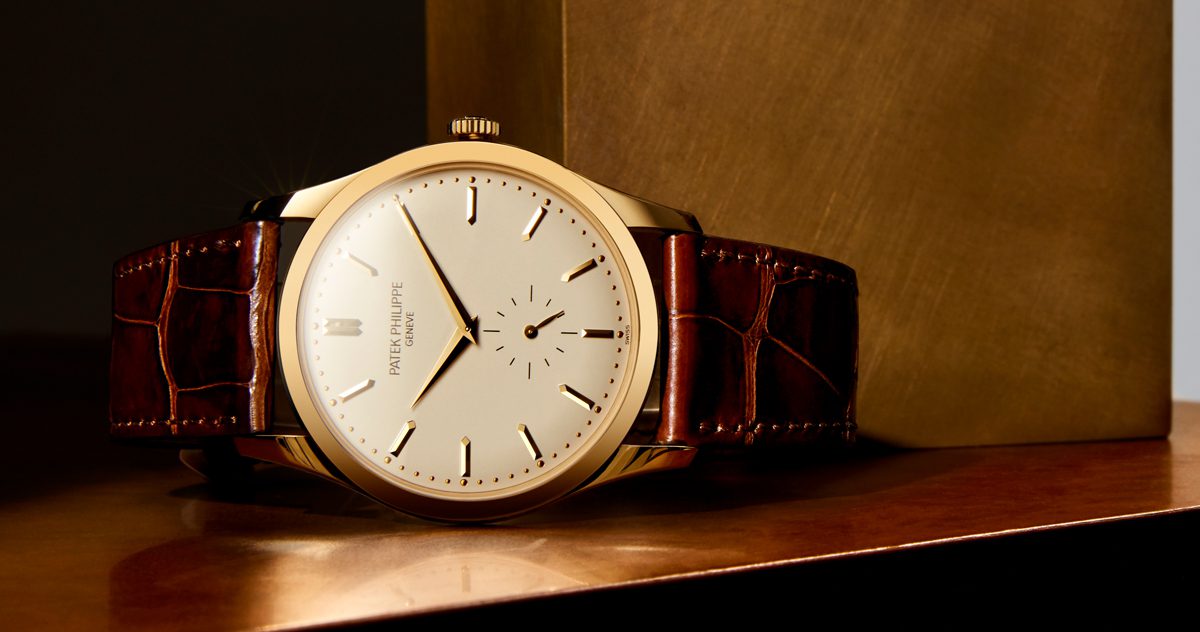From serial simplicity to alphanumeric artistry…
Ever wanted to learn the meaning behind the reference number of your luxury watch and why it became so complex? This guide outlines the evolution of the watch referencing system adopted by many prestigious brands in the industry and what the digits refer to in terms of the design of a model and its key qualities.
During the 1960s, you’d be able to remember the reference code of an iconic watch with a series of four digits. It turns out that research dedicated to human memory suggests our ability to memorise chunks of information usually tops out at 4. Back then, you could have a conversation with a fellow watch enthusiast using watch reference numbers alone. Today, that’s not so possible. Breitling uses a 12-character system. TAG Heuer watches comprise a 13-digit code and Omega watches have 14 digits. Rolex, perhaps the most seemingly sensible of all, uses a 6-digit reference. But don’t let that fool you - its full reference is longer. The same goes for Patek Philippe. Although the company appears to have stuck to 4-digit references, the full code is, in actual fact, much longer. So, why has this form of identification of a luxury watch changed so much over the last 60 years? To explain this, we need to tell the story of humans and computers.
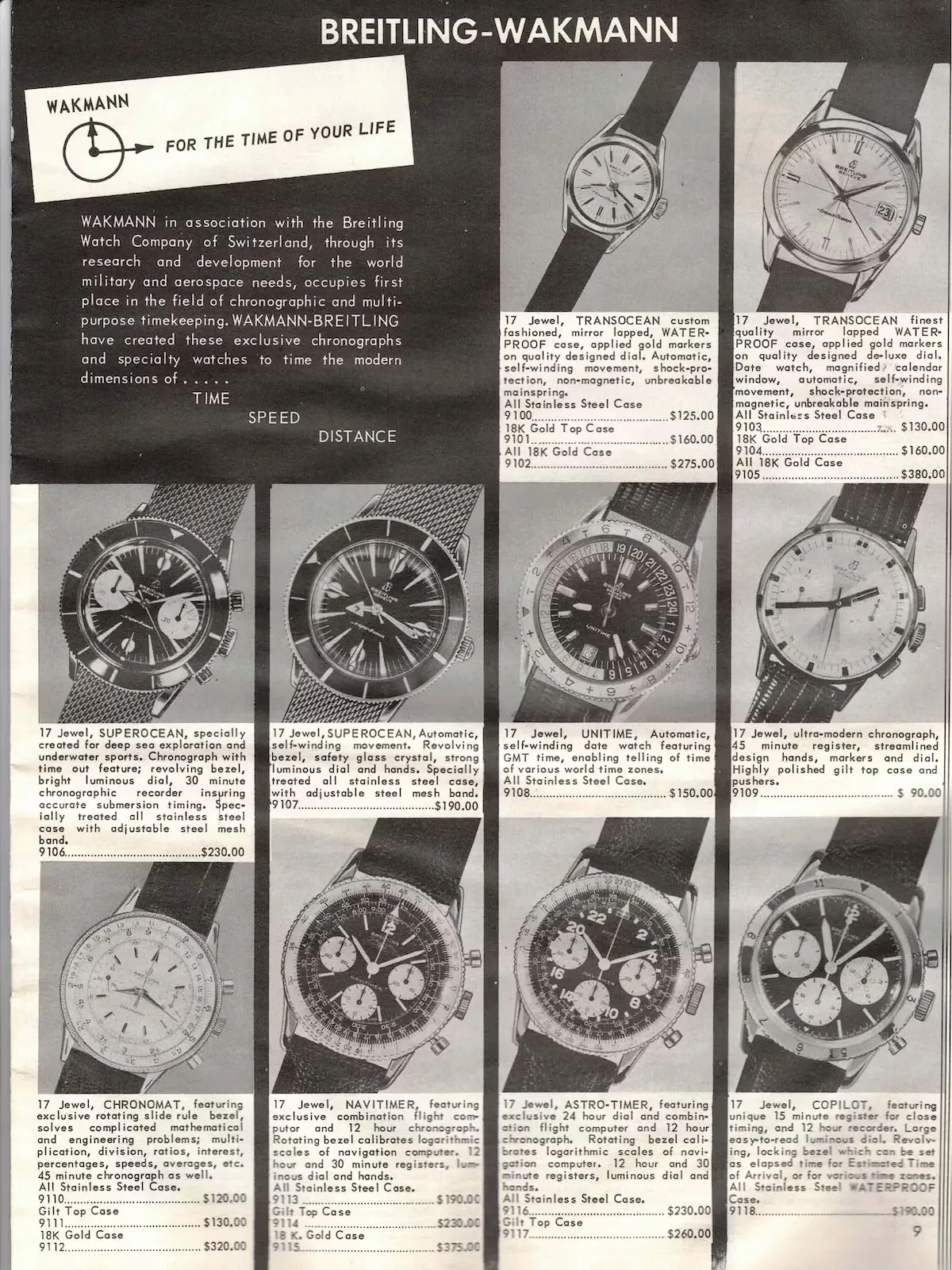
Tracing the origins of watch reference numbers
After the First World War, luxury watch manufacturers began developing wristwatches, slowly phasing out the pocket watch. Patek Philippe, for example, made the switch in 1923 and produced the Calatrava – an elegant wristwatch that went into production with a simple double-digit reference of 96. The number was memorable, as was the design. But as the wrist-wearing community grew and more timepieces went into production, brands needed a quick and effective way to reference products when liaising with other departments. Parts also needed to be sourced from different suppliers. The industry needed to be able to talk in code to one another. Queue the digital referencing system.
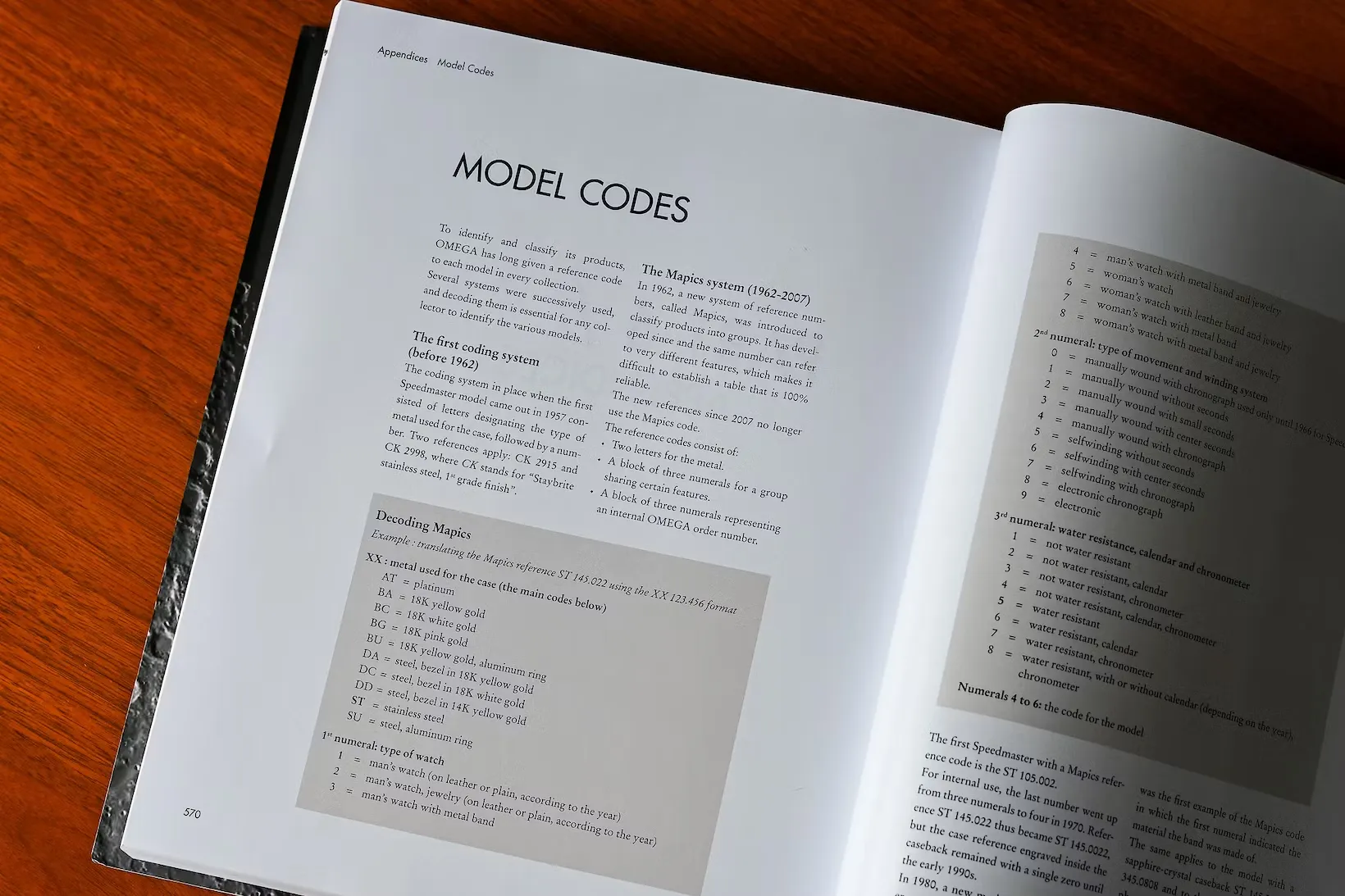
Understanding the composition and significance of watch reference numbers
Patek Philippe was not the only manufacturer that chose to code its watches. Omega, Rolex and Heuer all produced watches with four-digit codes. Brands such as these tried to have logic in this numbering system. For example, a Heuer watch would display the first two digits that referred to the Calibre. The third number referred to the collection and the final fourth digit referred to the case material. Letters were then added to the end of the reference number to determine dial colour and sub-dials. It sounded pretty straightforward, enabling those working at the brand’s manufacturing facilities to communicate these important details about a watch across the various departments. Similar systems were implemented into brands like Breitling, Universal Geneve, and Omega as well.
If you were an employee at a watch manufacturing facility, you could easily find what you were looking for with a reference code. You knew whether you were looking at a white or black dial by instantly scaling the reference code to pick out the letters at the end. Suppliers adopted this method too, with many reference codes meaning the same thing to the supplier as they did to the brand. It seems a plausible explanation that suppliers and brands were using these codes as an easy way to communicate with one another. That said, some international distributors didn’t play ball. In fact, some brands had model numbers that meant completely different things depending on the country they were located.
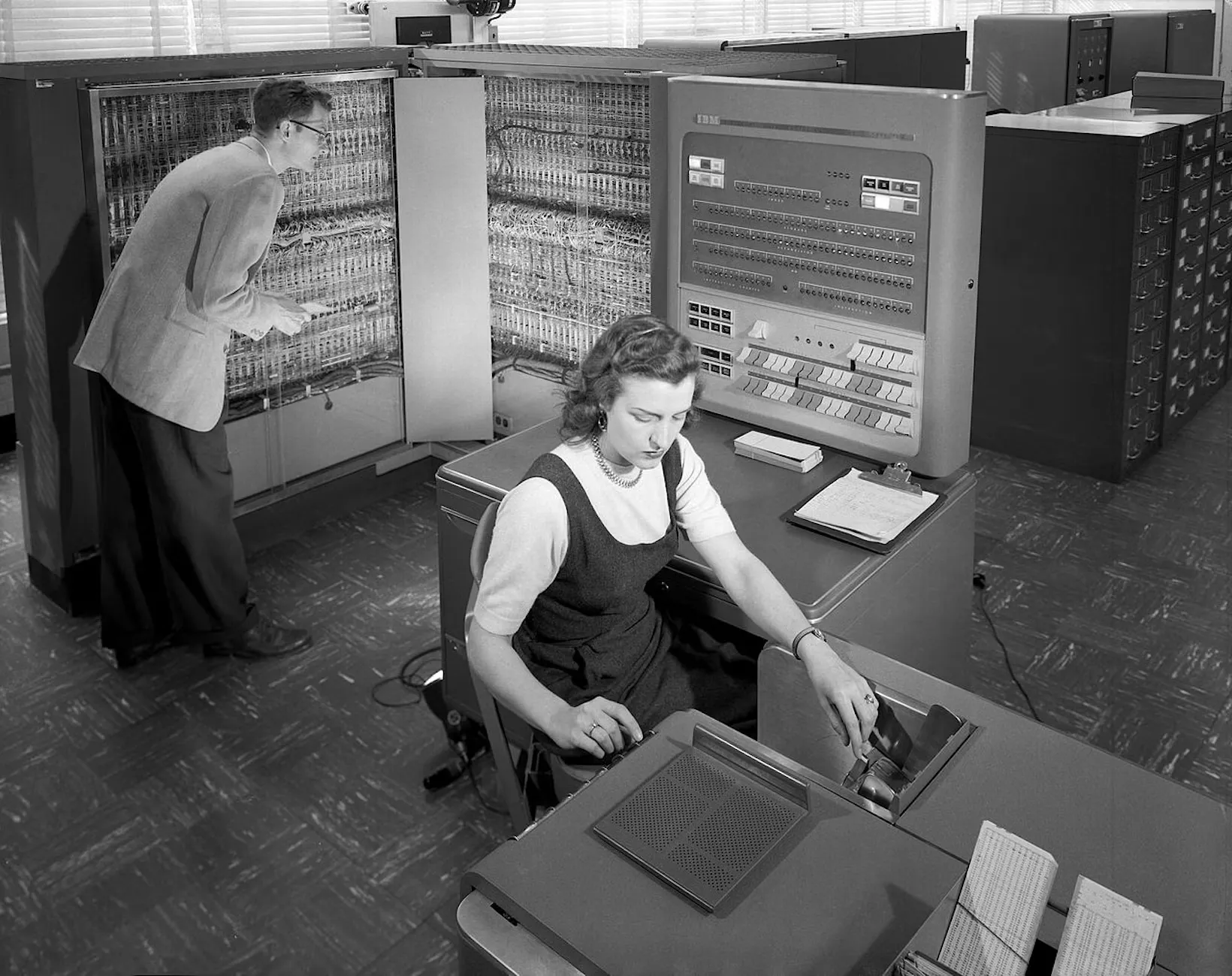
The arrival of computers
Soon the luxury watch industry grew bigger. It industrialised, making way for the biggest transition in the entire history of technology – the computer. When the industry began implementing machinery to mass produce parts and components for luxury watches, craftspeople made fewer parts by hand. Humans played (and still do) an integral role in the operating of machinery and the tracking of parts and inventory. But coding became less about people identifying a watch and more about humans communicating with the computer about inventory and materials.
The transition began most notably when Omega switched to an eight-character alphanumeric process as part of a new MAPICS system that was introduced. Not all Omega reference numbers made sense during this time because the system continued to evolve after it was implemented into the brand’s coding approach. Other key brands followed suit. This all happened during the time of IBM’s launch. The multinational technology company is one of the world’s largest IT companies and now operates in 170 different countries. When this came along, it was big news for savvy industrialists. It helped with supply chain management and soon produced the first database system for commercial use.
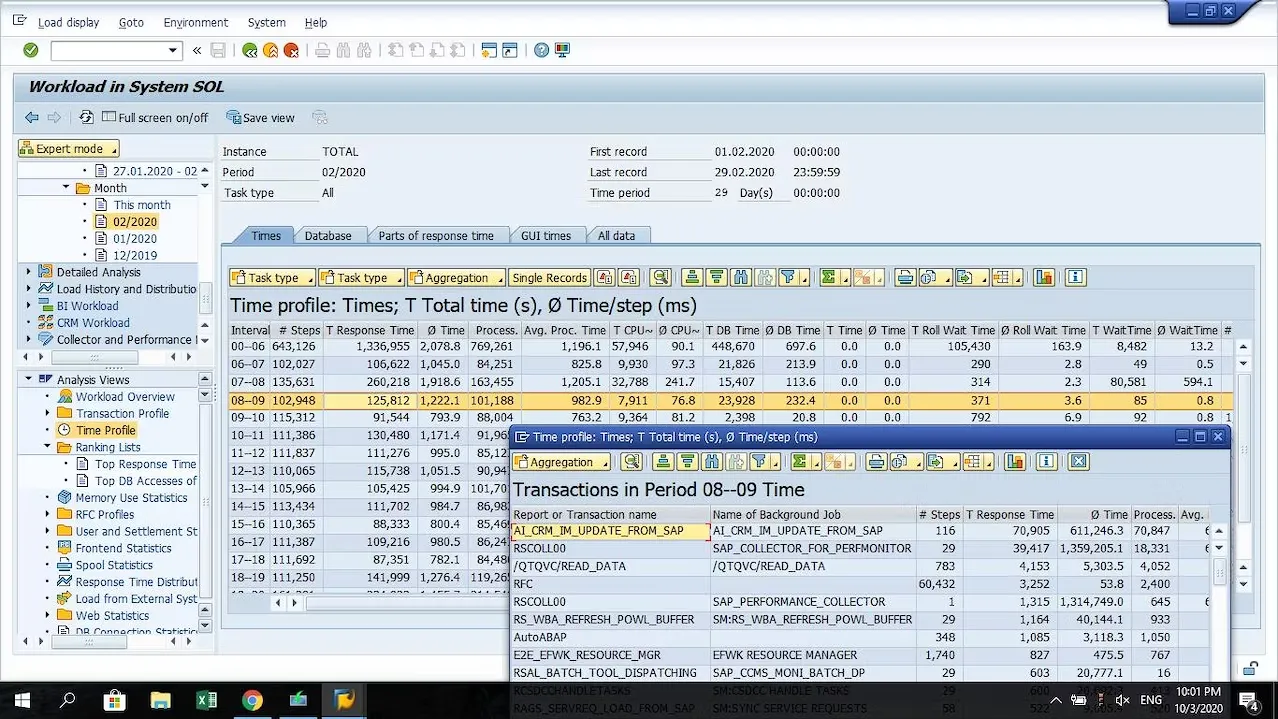
The role of reference numbers in the digital age of luxury watch collecting
During the 1970s, SAP was founded by some ex-employees of IBM. It became the largest ERP software provider, which the watch industry subsequently adopted. As a result, those simple and memorable reference numbers became a distant memory and became a line of coding in a database. Now with much more complexity behind the codes, companies were communicating not just with manufacturing departments but with accounting, sales and marketing sectors of the business.
During this same time, CNC machining was implemented and promised advanced improvements in terms of accuracy and productivity. Just like watches, computers became more robust and could handle more software. Advanced CNC machining could even support brands in designing straps and configuring components to cases using this advanced technology. Every single part of a watch needed to be coded. Computerised stock-keeping also required a precise and advanced system for this.
Although it seems some nostalgia is lost when it comes to simple watch references, iconic models of the past are still known to enthusiasts as the simplified codes that they once were. Today, it is not possible to remember the reference number of a favourite Carrera watch or a modern Speedmaster, but some parts of the coding are still present in modern reference numbers, serving as a relic of a period in time when watches were more experimental. It was a time when brands ordered parts and mixed and matched them to create new models to see whether they would sell or not.
What do the numbers in popular watch references mean?
Similar to Breitling, the digits in a reference number of a Rolex watch tell you about the materials used, the calibre and the bezel. For example, the first digit will signify the number “1” it was manufactured after the year 2000. The second digit in the reference number refers to the Calibre, while the next digits refer to the series. The fifth digit refers to the bezel and the sixth and final digit refers to the material of the case.
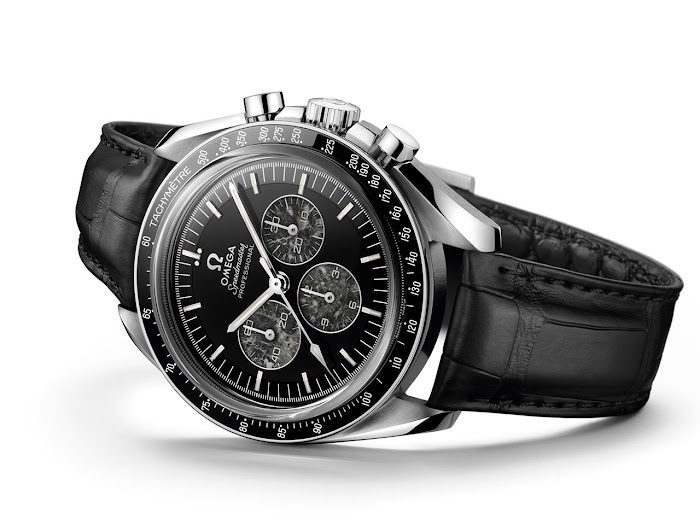
Similar rules apply to an Omega watch, although this longer reference is more complex. The first three digits of the code refer to the collection. The “311” for example, is the Speedmaster. The next two digits represent the case and strap material. The third set of digits refers to the dimensions of the case. The fourth section refers to the type of movement and its complications. The penultimate number refers to the dial colour and the final digit represents the sequence number of the production.
Lastly, Patek Philippe’s watch reference system is slightly simpler. The first digit of the reference code signifies the gender of the watch depending on its size. Numbers 3, 5 and 6 tend to refer to men’s watches, while the numbers 4 and 7 are typically assigned to women’s watches. The backslash numbers refer to the bezel, case and bracelet. For example, the number 1 means that the watch is styled on a bracket. Letters following this number indicate the material. The last three digits are representative of the dial.
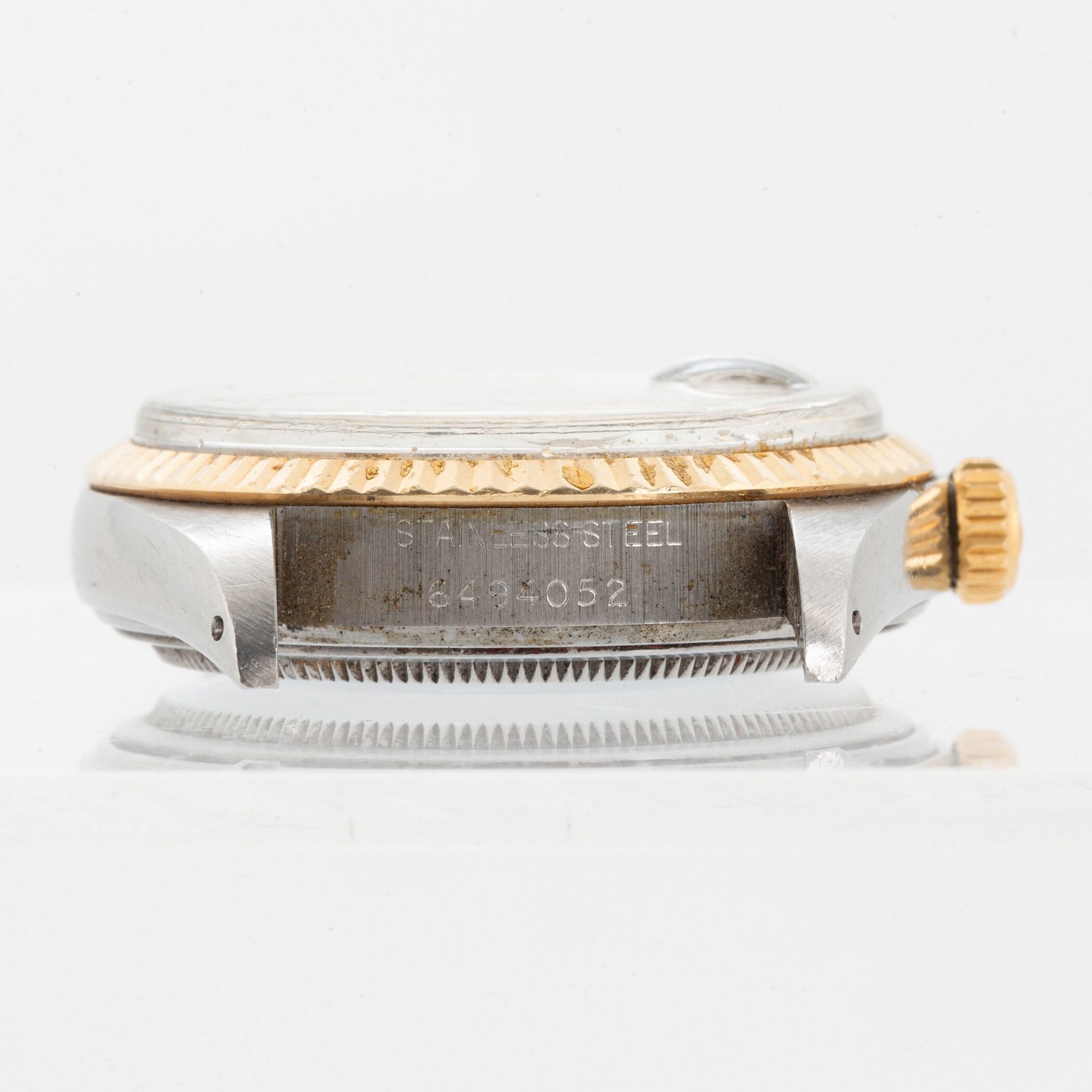
The Takeaway
Today, the implementation of computer-coded references is often planned in advance. This complex series of numbers becomes the recipe for a model’s development. From every lab-grown diamond of a TAG Heuer watch to the link of a bracelet in an Omega watch, the production, distribution and operation of a large luxury watch brand is only possible due to the technological advancements of computer systems. Although longer and more complex, the reference number of a luxury watch is easy to break down when you know how and can be a great way to differentiate a genuine watch from a counterfeit one when browsing the market.


 € (EUR)
€ (EUR)  £ (GBP)
£ (GBP) 


